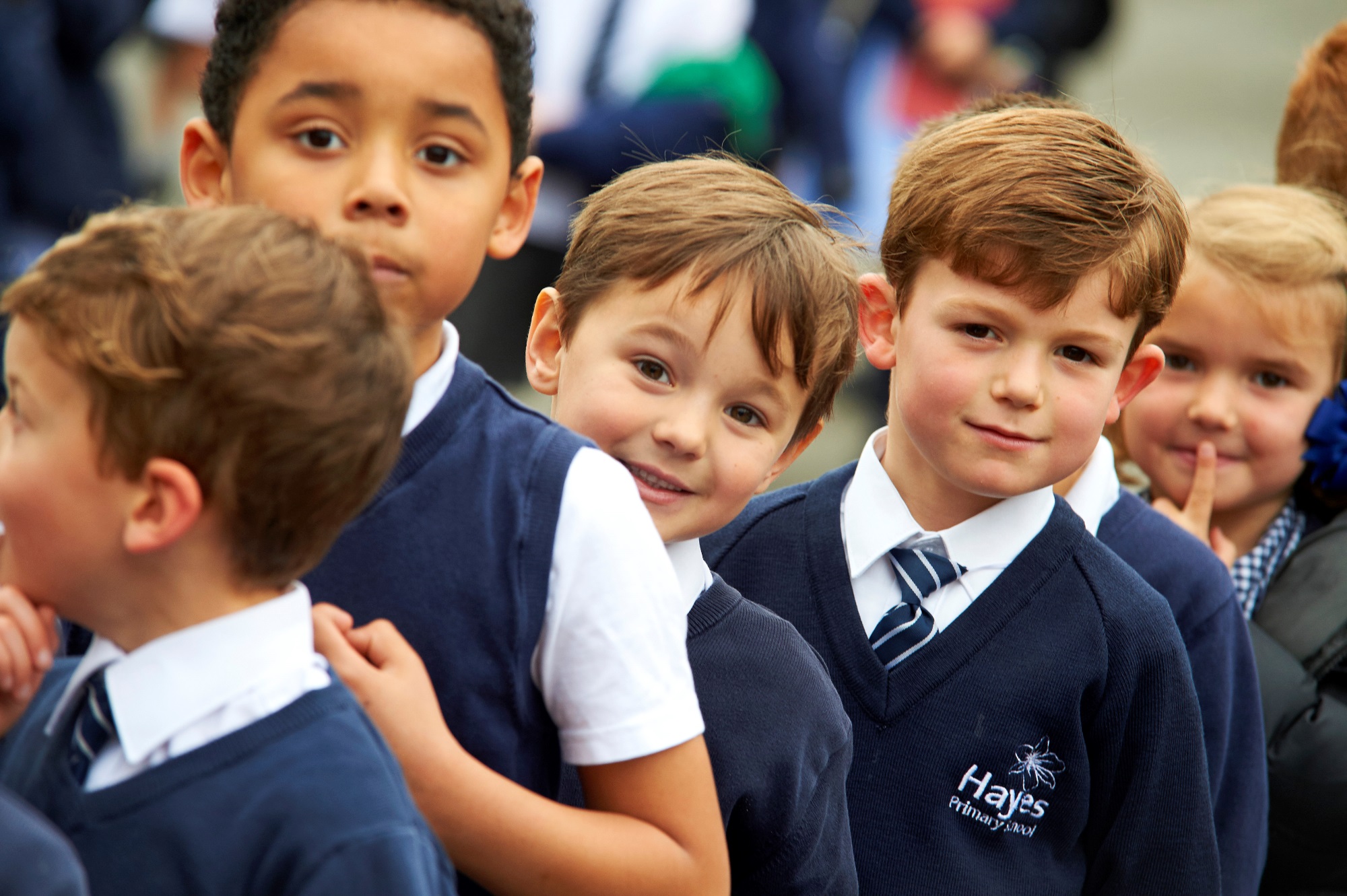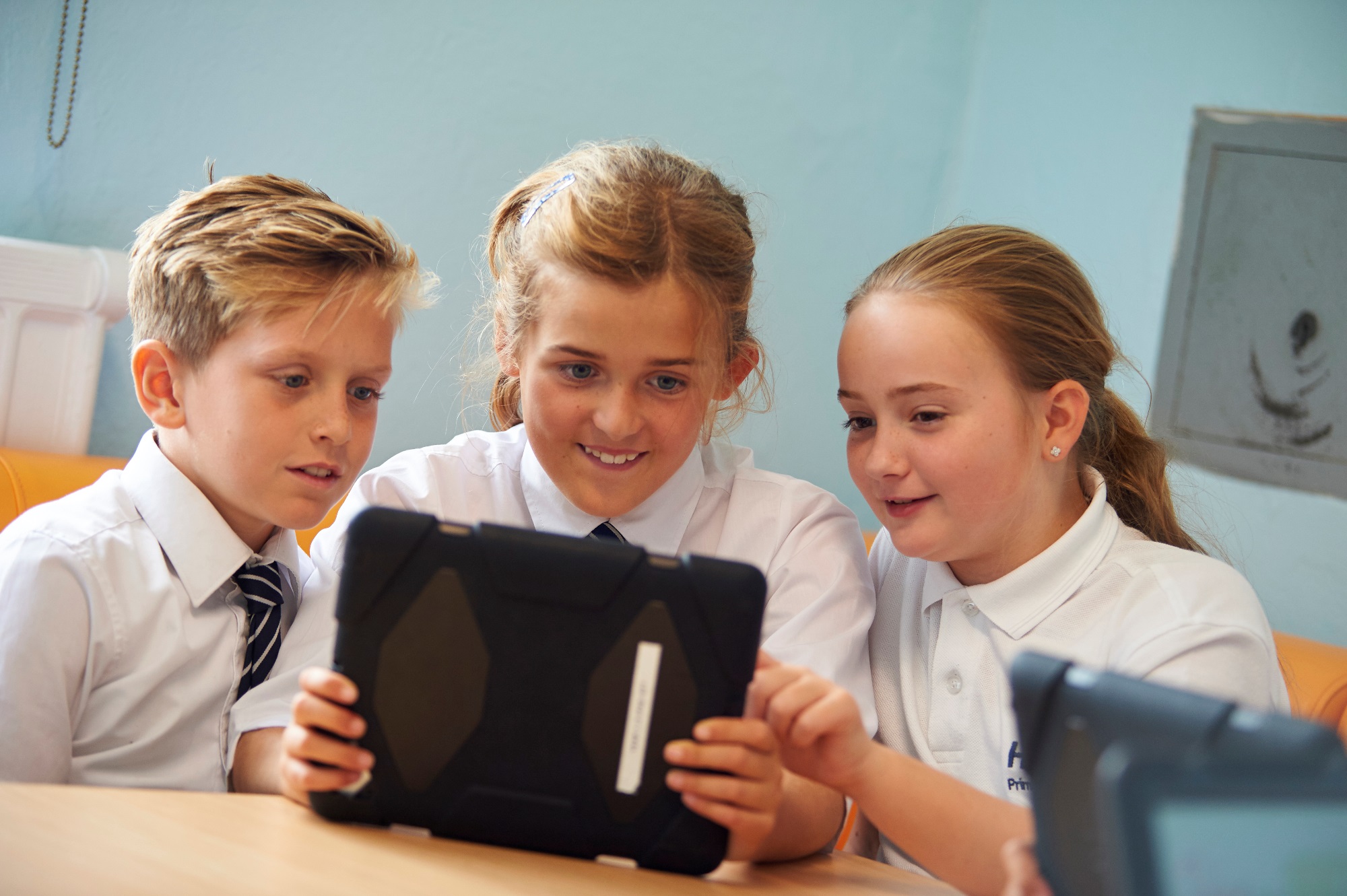Curriculum Music Lessons
Our curriculum music lessons are an integral part of our music provision and are made up of two parts. Specialist teachers from the Bromley Youth Music Trust (BYMT) come in to teach each week and provide an excellent music curriculum for our students. In KS2, each class receives half a term of lessons each term from BYMT. These lessons range from using tuned and untuned instruments and singing in three parts, to listening and responding to music and composing their own.
Year 1 have 'Music Makers' lessons from BYMT and each Year 2 class have a term of learning to play the 'pBuzz'. Information about the content of these lessons can be found below in the relevant tabs.
In the half-terms when BYMT are not teaching music lessons, our skilled teachers use the Charanga programme to teach weekly music lessons.
Our long term plan can be found below, as well as a breakdown of the objectives taught by BYMT.
Year 1 and 2
Autumn 1 – Using Voices
- Children will use their voices expressively and creatively by singing songs and speaking chants and rhymes.
- Children will also learn how to combine different parts together to create one piece of music.
Autumn 2 – Beat/pulse and rhythm
- Children will learn to clap, stamp and play the beat/pulse of different pieces of music.
- Children will be taught to internalise the beat by counting the beat in their heads.
- Children will learn the difference between beat and rhythm and will clap rhythms.
- Children will have a chance to play different rhythms using djembe drums.
Spring 1 – Tuned and untuned instruments
- Children will spend half a term learning how to play a piece of music on glockenspiels.
- During this unit, children will be exposed to what the music looks like in standard music notation.
- Children will be given the chance to perform their pieces to other classes.
Spring 2 – Musical elements (pitch, tempo, dynamics)
- Children will be taught about what pitch is and follow the pitch of songs using their hands.
- Children will learn about tempo and how the tempo changes in different pieces of music. They will also consider how this changes the effect of the music.
- Children will learn about dynamics (louds and softs) and will experiment with how these are created within music.
Summer 1 – Listening and responding
- Children will listen with concentration and understanding to a range of high-quality live and recorded music.
- Children will respond to music by considering how it makes them feel and what the images it conjures up in their imaginations.
Summer 2 – Composition
In this unit, children will experiment with, create, select and combine sounds using the inter-related dimensions of music they have learnt about throughout the year.
Year 3
Singing
|
Sing songs with confidence in a variety of styles |
|
|
Instruments
|
Sing, clap and play a variety of tunes made of up minims, crotchets and pairs of quavers, and confidently play at least 4 notes on the recorder
Year 3 will have a term of recorder lessons this year |
|
|
Terminology to be covered
Pitch, tempo, melody, harmony, dynamics, rests, ostinato, beat/pulse, rhythm
Year 4
Singing
|
Sing songs with confidence in a variety of styles with an increasing awareness of tone and the shape of the melody |
|
|
Instruments
|
Year 4 will have a term of recorder lessons amongst using other instruments throughout the year. They will also have the opportunity to take part in Band on the Run and/or Strings Attached. They will also take part in a composition project for a term. |
|
|
Terminology to be covered
Pitch, tempo, melody, harmony, dynamics, rests, ostinato, beat/pulse, rhythm
Year 5
Singing
|
Sing simple 2 part songs with confidence. Perform with attention to phrasing, dynamics and pitch |
|
|
Instruments
|
Read simple rhythms and notes with confidence and play at least 5 notes in a variety of songs.
(Glockenspiels etc.) |
|
|
Terminology to be covered
Pitch, tempo, melody, harmony, dynamics, rests, ostinato, beat/pulse, rhythm
Year 6
Singing
|
Sing 2 part songs with confidence. Perform with attention to phrasing, dynamics and pitch |
|
|
Instruments
|
Read a wider range of notes on the stave, and play a variety of songs in 2 and 3 parts |
|
|
Terminology to be covered
Pitch, tempo, melody, harmony, dynamics, rests, ostinato, beat/pulse, rhythm






